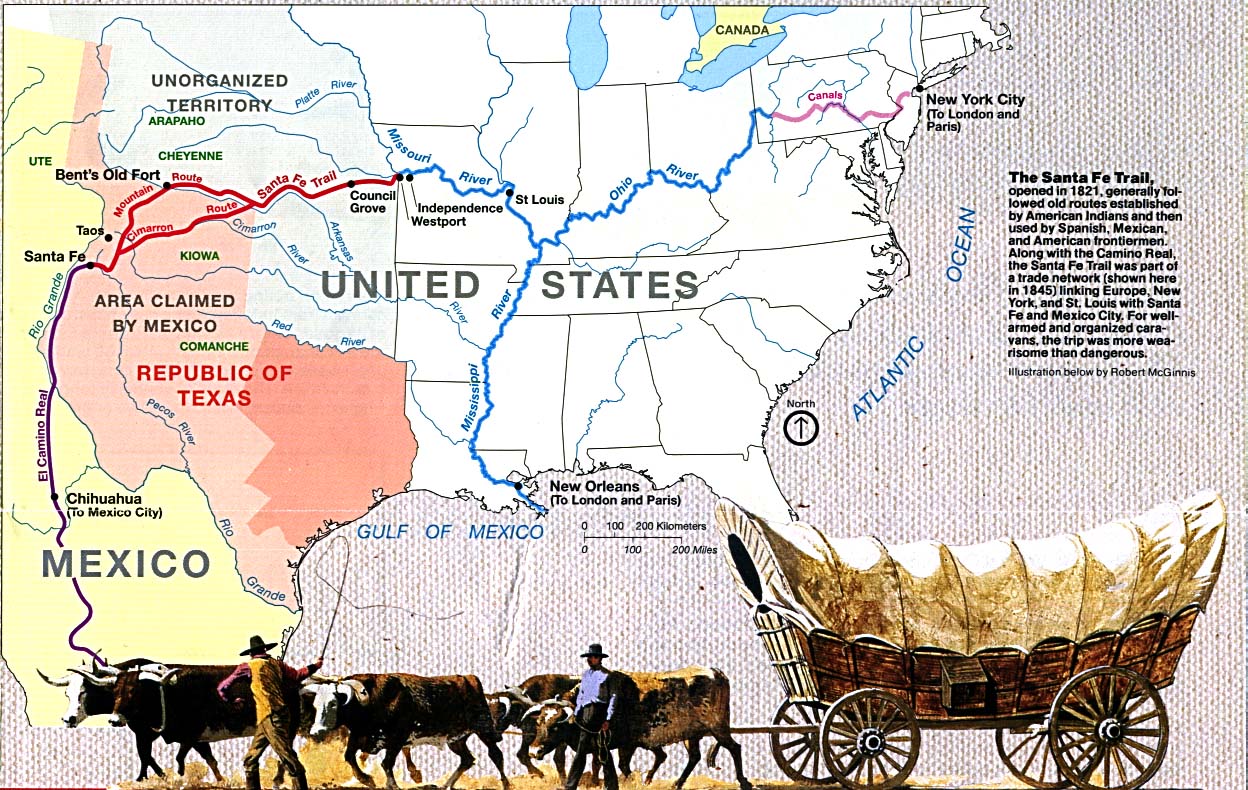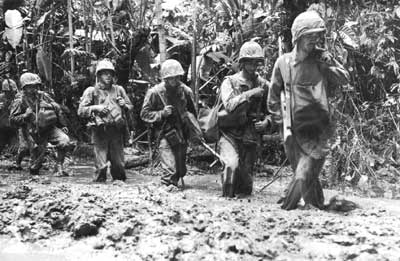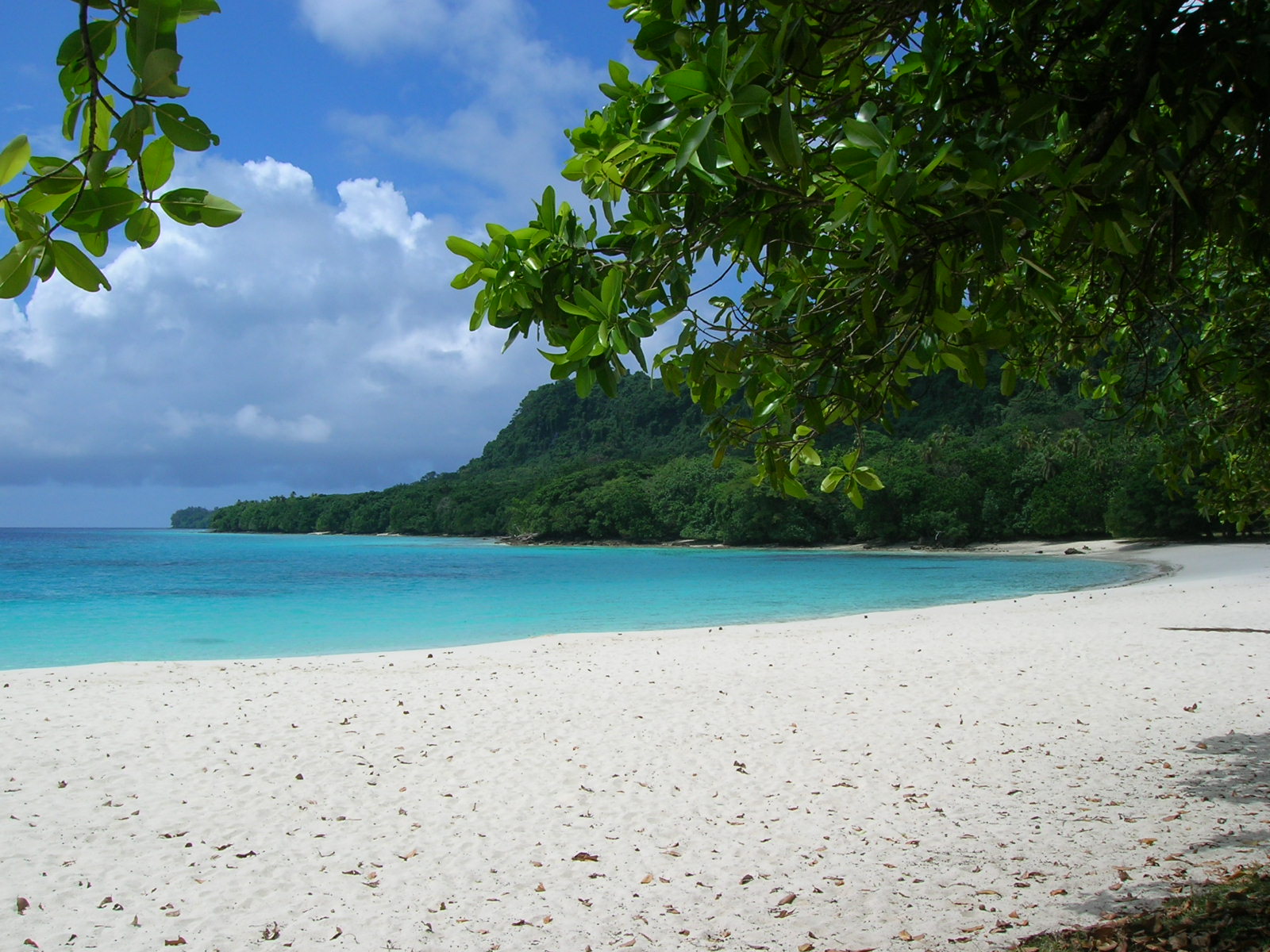|
USS Sabik (AK-121)
USS ''Sabik'' (AK-121) was a commissioned by the U.S. Navy for service in World War II. She was responsible for delivering troops, goods and equipment to locations in the war zone. Ship built in Houston, Texas ''Sabik'' was laid down as SS ''William Becknell'' (MCE hull 2423) on 8 November 1943 by the Todd-Houston Shipbuilding Corp., Houston, Texas; renamed ''Sabik'' on 13 November; launched on 17 December; sponsored by Mrs. Johnnie L. Armstrong; accepted by WSA for United States Navy use on 29 December and moved to New Orleans, Louisiana, to undergo conversion by Todd-Johnson Dry Docks, Inc.; and commissioned on 19 April 1944. World War II Pacific Theatre operations Following shakedown off Norfolk, Virginia, ''Sabik'' proceeded to Bayonne, New Jersey, where she loaded cargo and marines and sailed on 5 June for the New Hebrides. She arrived at Espiritu Santo on 13 July and then continued on to the Russell Islands, commencing a schedule of inter-island shuttle runs that ... [...More Info...] [...Related Items...] OR: [Wikipedia] [Google] [Baidu] |
William Becknell
William Becknell (1787 or 1788 – April 30, 1865) was an American soldier, politician, and freight operator who is credited by Americans with opening the Santa Fe Trail in 1821. He found a trail for part of the route that was wide enough for wagon trains and draft teams, making it easier for trader and emigrants along this route. The Santa Fe Trail became an early major transportation route through central North America that connected Franklin, Missouri with Santa Fe, New Mexico, serving both trading and emigrant parties. It served as a vital commercial highway from the 1820s until 1880, when the railroad was introduced to Santa Fe. Becknell made use of long-established trails made by Native Americans, and Spanish and French colonial explorers and traders for centuries before his trip. French colonists in St. Louis had a monopoly on trade with Santa Fe, which was granted by the Spanish crown before the Louisiana Purchase. When Mexico achieved independence from Spain in 1821, ... [...More Info...] [...Related Items...] OR: [Wikipedia] [Google] [Baidu] |
United States Navy
The United States Navy (USN) is the maritime service branch of the United States Armed Forces and one of the eight uniformed services of the United States. It is the largest and most powerful navy in the world, with the estimated tonnage of its active battle fleet alone exceeding the next 13 navies combined, including 11 allies or partner nations of the United States as of 2015. It has the highest combined battle fleet tonnage (4,635,628 tonnes as of 2019) and the world's largest aircraft carrier fleet, with eleven in service, two new carriers under construction, and five other carriers planned. With 336,978 personnel on active duty and 101,583 in the Ready Reserve, the United States Navy is the third largest of the United States military service branches in terms of personnel. It has 290 deployable combat vessels and more than 2,623 operational aircraft . The United States Navy traces its origins to the Continental Navy, which was established during the American Re ... [...More Info...] [...Related Items...] OR: [Wikipedia] [Google] [Baidu] |
Peleliu
Peleliu (or Beliliou) is an island in the island nation of Palau. Peleliu, along with two small islands to its northeast, forms one of the sixteen states of Palau. The island is notable as the location of the Battle of Peleliu in World War II. History Beliliou was traditionally divided into five villages. Teliu is located on the southwest coast bordered on the north by Ngerkeiukl on the west coast, Ngesias in the central portion of the island, and Ngerdelolk on the east coast. Ngerchol occupies the northern part of the island on the west side of Bloody Nose Ridge. Most of the surface remains of the traditional villages have been obliterated. However, the locations of the villages and the locations of features within the villages, including odesongel, are known and preserved in the oral tradition. These traditional features are important symbols giving identity to families, clans and regions. The lagoon and adjacent rock islands are important resource areas, and probably were in ... [...More Info...] [...Related Items...] OR: [Wikipedia] [Google] [Baidu] |
Bougainville Island
Bougainville Island ( Tok Pisin: ''Bogenvil'') is the main island of the Autonomous Region of Bougainville, which is part of Papua New Guinea. It was previously the main landmass in the German Empire-associated North Solomons. Its land area is . The population of the whole province, including nearby islets such as the Carterets, is approximately 300,000 (2019 census). The highest point is Mount Balbi, on the main island, at . The much smaller Buka Island, , lies to the north, across the wide Buka Strait. Even though the strait is narrow, there is no bridge across it, but there is a regular ferry service between the key settlements on either side. The main airport (or airstrip) in the north is in the town of Buka. Bougainville is the largest island in the Solomon Islands archipelago. Most of the islands in this archipelago (which are primarily concentrated in the southern and eastern portions of it) are part of the politically independent Solomon Islands. Two of these is ... [...More Info...] [...Related Items...] OR: [Wikipedia] [Google] [Baidu] |
Munda, Solomon Islands
Munda is the largest settlement on the island of New Georgia in the Western Province of Solomon Islands, and consists of a number of villages. It is located at the southwestern tip (called Munda Point) of the western end of New Georgia, and the large Roviana Lagoon is just offshore. History Munda Point was originally the site of a coconut plantation established by Englishman Norman Wheatley, and then owned by Australian Lesley Gill. The Methodist Mission in the Western Province was established by Rev. John Frances Goldie in 1902. He dominated the mission and gained the loyalty of Solomon Islander members of his church. The relationship with the colonial administrators of the British Solomon Island Protectorate were also fraught with difficulty, at this time due to Goldie's effective control over the Western Solomon Islands. From 1927 to 1934 Dr Edward Sayers worked at the Methodist mission where he established a hospital at Munda and also at Gizo and Vella Lavella, and carri ... [...More Info...] [...Related Items...] OR: [Wikipedia] [Google] [Baidu] |
Tulagi
Tulagi, less commonly known as Tulaghi, is a small island——in Solomon Islands, just off the south coast of Ngella Sule. The town of the same name on the island (pop. 1,750) was the capital of the British Solomon Islands Protectorate from 1896 to 1942 and is today the capital of the Central Province. The capital of what is now the state of Solomon Islands moved to Honiara, Guadalcanal, after World War II. The island was originally chosen by the British as a comparatively isolated and healthier alternative to the disease-ridden larger islands of the Solomon Islands archipelago. In October 2019, the government of Central Province signed a deal to grant the 75-year lease of the entire island of Tulagi to a Chinese company China Sam Enterprise Group. However, this was declared unconstitutional by the Solomon Islands parliament after a week and, consequently, the deal was cancelled. Climate History The first recorded sighting by Europeans was by the Spanish expedition ... [...More Info...] [...Related Items...] OR: [Wikipedia] [Google] [Baidu] |
Guadalcanal
Guadalcanal (; indigenous name: ''Isatabu'') is the principal island in Guadalcanal Province of Solomon Islands, located in the south-western Pacific, northeast of Australia. It is the largest island in the Solomon Islands by area, and the second by population (after Malaita). The island is mainly covered in dense tropical rainforest and has a mountainous hinterland. Guadalcanal's first charting by westerners was under the Spanish expedition of Álvaro de Mendaña in 1568. The name comes from the village of Guadalcanal, in the province of Seville, in Andalusia, Spain, birthplace of Pedro de Ortega Valencia, a member of Mendaña's expedition. During 1942–43, it was the scene of the Guadalcanal Campaign and saw bitter fighting between Japanese and US troops. The Americans were ultimately victorious. At the end of World War II, Honiara, on the north coast of Guadalcanal, became the new capital of the British Solomon Islands Protectorate. Geography Guadalcanal is th ... [...More Info...] [...Related Items...] OR: [Wikipedia] [Google] [Baidu] |
Pacific Ocean
The Pacific Ocean is the largest and deepest of Earth's five oceanic divisions. It extends from the Arctic Ocean in the north to the Southern Ocean (or, depending on definition, to Antarctica) in the south, and is bounded by the continents of Asia and Oceania in the west and the Americas in the east. At in area (as defined with a southern Antarctic border), this largest division of the World Ocean—and, in turn, the hydrosphere—covers about 46% of Earth's water surface and about 32% of its total surface area, larger than Earth's entire land area combined .Pacific Ocean . '' Britannica Concise.'' 2008: Encyclopædia Britannica, Inc. The centers of both the [...More Info...] [...Related Items...] OR: [Wikipedia] [Google] [Baidu] |
Russell Islands
:''See also Russell Island (other).'' The Russell Islands are two small islands (Pavuvu and Mbanika), as well as several islets, of volcanic origin, in the Central Province (Solomon Islands), Central Province of Solomon Islands. They are located approximately northwest of Guadalcanal. The islands are partially covered in coconut plantations, and have a copra and oil factory at Yandina, Solomon Islands, Yandina (on Mbanika). Yandina also has basic services, including a store, post office, and airport. People The Lavukal people live on these islands. Their language is Lavukaleve language, Lavukaleve. There is also a settlement of Polynesians, resettled from Tikopia, that lives in Nukufero on the west side of the larger island, Pavuvu. In 1956 the Levers Pacific Plantations company donated 80 acres for use for this resettlement, and later added another 125 acres in the 1960s. This land was subdivided into 4 acre lots for each family. Five hundred people from Tikopia had migr ... [...More Info...] [...Related Items...] OR: [Wikipedia] [Google] [Baidu] |
Espiritu Santo
Espiritu Santo (, ; ) is the largest island in the nation of Vanuatu, with an area of and a population of around 40,000 according to the 2009 census. Geography The island belongs to the archipelago of the New Hebrides in the Pacific region of Melanesia. It is in the Sanma Province of Vanuatu. The town of Luganville, on Espiritu Santo's southeast coast, is Vanuatu's second-largest settlement and the provincial capital. Roads run north and west from Luganville, but most of the island is far from the limited road network. Around Espiritu Santo lie a number of small islands and islets; among them are: Dany Island, Araki, Elephant Island, Sakao, Lataroa, Lataro, Thion, Malohu, Malwepe, Malvapevu, Malparavu, Maltinerava, Oyster Island, Tangoa, and Bokissa. Vanuatu's highest peak is the 1879 metre (6165 foot) Mount Tabwemasana in west-central Espiritu Santo. History A Spanish expedition of three ships, led by Portuguese explorer Pedro Fernandes de Queir ... [...More Info...] [...Related Items...] OR: [Wikipedia] [Google] [Baidu] |
New Hebrides
New Hebrides, officially the New Hebrides Condominium (french: link=no, Condominium des Nouvelles-Hébrides, "Condominium of the New Hebrides") and named after the Hebrides Scottish archipelago, was the colonial name for the island group in the South Pacific Ocean that is now Vanuatu. Native people had inhabited the islands for three thousand years before the first Europeans arrived in 1606 from a Spanish expedition led by Portuguese navigator Pedro Fernandes de Queirós. The islands were colonised by both the British and French in the 18th century, shortly after Captain James Cook visited. The two countries eventually signed an agreement making the islands an Anglo-French condominium that divided New Hebrides into two separate communities: one Anglophone and one Francophone. That divide continued even after independence, with schools teaching in either one language or the other, and with different political parties. The condominium lasted from 1906 until 1980, when Ne ... [...More Info...] [...Related Items...] OR: [Wikipedia] [Google] [Baidu] |
Bayonne, New Jersey
Bayonne ( ) is a city in Hudson County, New Jersey, United States. Located in the Gateway Region, Bayonne is situated on a peninsula located between Newark Bay to the west, the Kill Van Kull to the south, and New York Bay to the east. As of the 2020 United States census, the city's population was 71,686. Bayonne was originally formed as a township on April 1, 1861, from portions of Bergen Township. Bayonne was reincorporated as a city by an act of the New Jersey Legislature on March 10, 1869, replacing Bayonne Township, subject to the results of a referendum held nine days later.Snyder, John P''The Story of New Jersey's Civil Boundaries: 1606-1968'' Bureau of Geology and Topography; Trenton, New Jersey; 1969. p. 146. Accessed February 9, 2012. At the time it was formed, Bayonne included the communities of Bergen Point, Constable Hook, Centreville, Pamrapo and Saltersville. While somewhat diminished, traditional manufacturing, distribution, and maritime activities remain ... [...More Info...] [...Related Items...] OR: [Wikipedia] [Google] [Baidu] |






.jpg)



